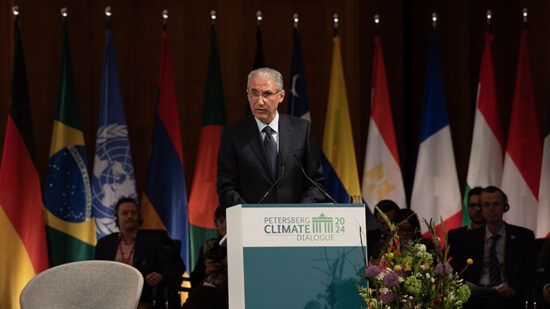There will be wide-ranging implications for asset classes, sectors and regions as a result of government policy to accelerate the energy transition, according to managers at JP Morgan Asset Management (JPMAM).
Here they analyse the impact of the Inflation Reduction Act in the US, Green Deal Industrial Plan in Europe and Power Up Britain strategy in the UK on investments.








